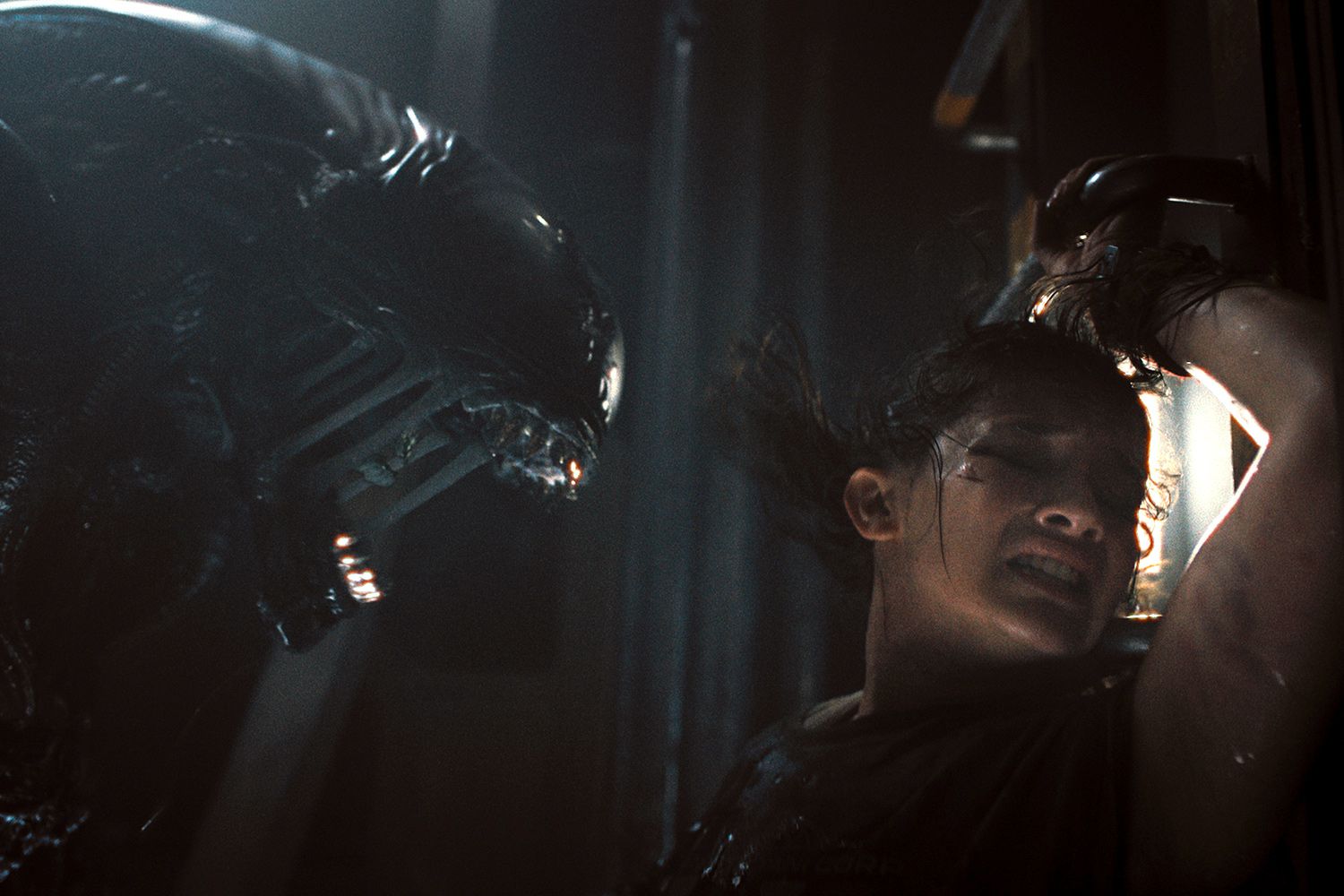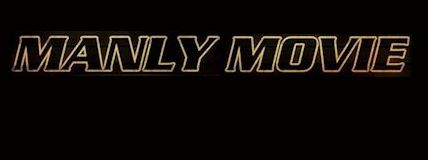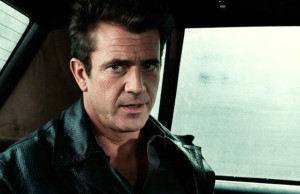REVIEW: Alien: Romulus (2024)

Runtime: 119 minutes
Rated: R
What to Expect: A “greatest hits” compilation of every previous Alien movie, right down to the same type of fucking shoes.
After Ridley Scott’s polarising Alien prequels that strayed from the franchise’s formula with its philosophical and religious undertones, 2024’s Alien: Romulus is a safe, generic return to the Alien universe, with director Fede Alvarez (Don’t Breathe, 2013’s Evil Dead remake) fundamentally creating a glorified, big-budget fan film. Instead of another instalment with tenuous links to the existing movies, Alien: Romulus takes place between the events of Alien and Aliens, and it contains direct ties to 2012’s Prometheus and the 1979 classic that first introduced movie-goers to the iconic Xenomorphs. With a screenplay by Alvarez and frequent collaborator Rodo Sayagues, the picture meaningfully and respectfully contributes to the franchise without any bone-headed subversions or character assassinations, and the superb visual presentation favours tangibility and realism over excessive digital effects. What the movie lacks is empathetic and relatable characters to make viewers care about the proceedings, while the story recycles too many elements from previous Alien pictures. Consequently, Romulus comes alive in places, but Alvarez cannot stick the landing.
An orphan who works at the mining colony of Jackson’s Star, Rain (Cailee Spaeny) maintains a close relationship with her adoptive brother, a reprogrammed android named Andy (David Jonsson). After hitting a setback when the company extends her contract by several years, she seeks to escape the colony, agreeing to accompany her ex-boyfriend, Tyler (Archie Renaux), on an expedition to retrieve cryonic stasis equipment from a derelict Weyland-Yutani craft in deep space. Retrieving the chambers will allow them to make the prolonged voyage to a safer world. Also among the crew are Kay (Isabela Merced), Bjorn (Spike Fearn), and Navarro (Aileen Wu), while Andy’s interface with computer systems is crucial to ensure the mission’s success. After docking with the space station, the crew swiftly get to work, but they inadvertently awaken dozens of frozen facehuggers, triggering an automatic lockdown. With the station set to collide with Jackson’s planetary rings and the Xenomorph threat continuing to evolve, the crew begin a fight for survival.
With a beefy two-hour runtime, Romulus takes too long to get started and too long to end, as the picture lacks compelling storytelling and a pronounced three-act structure. The most significant subplot involves the character of Andy, whose prime directive is updated to ensure the completion of the company’s mission, taking commands from the station’s damaged android officer. It’s a conceptually interesting angle, but it is not always engaging. Unfortunately, Romulus needs more originality, as it plays out like a “greatest hits” compilation of the original Alien movies. Alvarez incorporates the franchise’s most iconic and recognisable elements like the pulse rifle (now with aiming assistance), the Weyland-Yutani corporation, facehuggers, chestbursters, an alien hive with human hosts in the walls, another android, and more. The opening credits use the same font as the original Alien, and the script recycles the ticking clock from Aliens, right down to a robotic voice to remind the characters that time is running out.
Furthermore, Romulus recreates iconic shots and set pieces, including a climactic showdown on a ship after the danger is ostensibly over (reminiscent of Aliens). But the most egregious and cringe-worthy moment involves a character repeating the line “Get away from her, you bitch” without sufficient motivation or logic. Nevertheless, Romulus does feature some fresh ideas – it builds upon the conclusion of Alien, and it helps to expand the lore in intriguing ways without upsetting the franchise canon. But considering that Alvarez is a proclaimed fan of the Dark Horse Comics line of Aliens books, which are full of inventive story ideas, it is a shame that the narrative of Romulus is so derivative.

Does this look familiar?!?
The worst sin of Alien: Romulus is the characters. Although the actors put in a lot of effort and submit confident performances, it is hard to care about and root for these people as they range from mildly annoying to highly irritating, and interpersonal conflicts make them all the more insufferable. Whereas the cast of the original Alien were intelligent characters who made well-informed decisions that did not always work out, Romulus features mostly idiotic characters making dumb decisions, reminiscent of a low-grade ’80s slasher flick. The script tries to use Kay’s pregnancy to make her more sympathetic, but without any further personality or distinctive character traits, it is still difficult to care, and names barely stick beyond Rain and Andy. In fact, I honestly forgot how many characters were on the mission despite the relatively small cast due to the lack of beefy characterisation and the forgettable dialogue. Especially in comparison to the colourful cast of Aliens (with Michael Biehn, Bill Paxton, Lance Henriksen and Paul Reiser, to name a few), the characters in Romulus look even worse. Alvarez wanted to use youthful characters in this story from the outset, but this decision is to the film’s detriment since the ensemble lacks the gravitas of an experienced actor to anchor the story. Rising star Cailee Spaeny makes the biggest impression here, bringing credible intensity and emotion to the role, but the writing unfortunately lets her down.
Its story and character issues aside, Romulus undeniably excels as a technical exercise. Taking its cues from the original Alien movies, Alvarez takes great care to recreate its predecessors’ grimy, low-tech aesthetic, making the picture look like a lavish sci-fi production from the ’70s or ’80s. The results are gorgeous, with everything from the cinematography, colour grading, lighting, costume and art design looking spot-on, while the use of practical creature effects and miniatures further solidifies the illusion. Although shot digitally by cinematographer Galo Olivares (2020’s Gretel & Hansel), the picture carries the aesthetic appearance of a celluloid production instead of a slick contemporary blockbuster. Even Benjamin Wallfisch’s score reuses cues and motifs created by Jerry Goldsmith and James Horner, but it still feels sufficiently original instead of outright derivative. Luckily, Alvarez is an exceptional cinematic craftsman, staging intense set pieces and unnerving, terrifying sequences of visceral horror, with the director taking most of his inspiration from the original Alien and the Alien: Isolation video game. Admittedly, however, many notable moments simply recreate scenes from earlier Alien pictures, and Romulus is surprisingly light on alien-centric set pieces for a two-hour movie. Worse, Alvarez becomes too reliant on digital effects during the third act, and the climactic showdown with a hybrid creature is incredibly silly, closing the picture on a disappointing note.
Despite its exceptional technical presentation and pleasing reverence for its predecessors, Alien: Romulus falls short of reaching its full potential. However, there are highlights when Alvarez displays impressive innovation, including a zero-gravity action scene that showcases the characters being surprisingly resourceful for once. Alvarez also makes the most of the R rating, staging gory and icky moments of horror that hit hard, including one gruesome moment involving Kay towards the film’s climax that reportedly even made the actors wince. The creature horror is top-notch, making it all the more disappointing that Romulus comes up short in other areas. Nevertheless, it is a thrill to experience the memorable sights and sounds of the Alien franchise once again, and this instalment is undoubtedly superior to Alien: Resurrection and the theatrical cut of Alien 3.















10 Comments